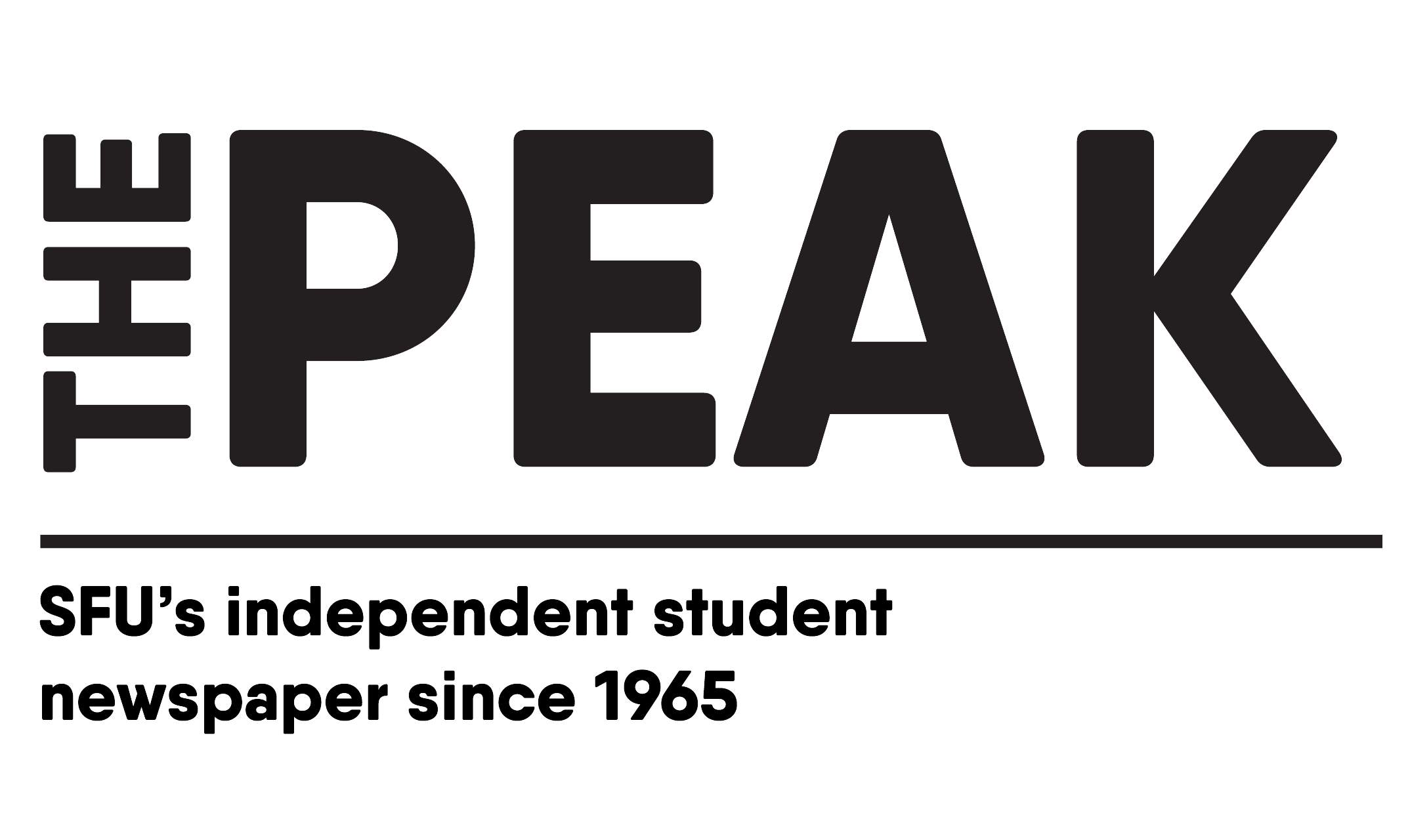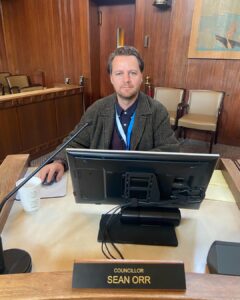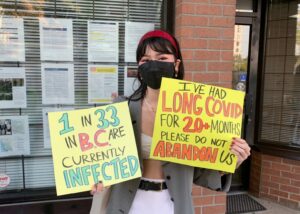By: Sofia Chassomeris, News Writer
Content warning: brief mentions of substance use, mental health disorders, brain injuries, death, and involuntary detainment.
On September 15, BC Premier David Eby’s office released a statement detailing plans to open more involuntary long-term care facilities in the province. Individuals with severe mental health combined with substance use disorders, or brain injuries from drug poisioning, would be detained at the facilities under BC’s Mental Health Act (MHA). This comes amid BC’s eight-year opioid crisis, as those with substance use disorders are being detained under the MHA at increasingly high rates.
Involuntary treatment is not a new concept. Under BC’s MHA, courts and police have the authority to transport individuals to designated mental health facilities for involuntary assessments. There, a doctor or nurse practitioner can certify and detain them for involuntary treatment.
The provincial government is currently “building more than 400 mental health beds at new and expanded hospitals.” The government also plans to include a “designated mental health unit” for at least one BC correctional centre to provide treatment to those held on remand or in custody.
The BC Association of Social Workers (BCASW) raised concerns about infringing on people’s autonomy, urging the provincial government to take “an evidence-based approach” to involuntary treatment. The Peak interviewed Michael Crawford, president of the BCASW. Crawford said the government already has a “significant” amount of power under the MHA to enforce involuntary treatment, yet they are proposing an expansion of that.
Crawford referred to the MHA’s existing policies as “archaic” and “badly in need of multiple revisions, if not a complete rewrite.” BC has the highest rate of involuntary detainments in Canada with around 20,000 individuals apprehended each year. According to the Canadian Mental Health Association BC (CMHA), “people with substance use disorder are the fastest growing population being detained.” The CMHA, in agreement with the BCASW, raised the concern that there is a “lack of evidence” in support of involuntary treatment’s efficacy for people with substance use disorders. Existing evidence “suggests that involuntary treatment leads to an increased risk of death due to drug poisoning upon release.”
“Relapse is a part of the problem with addiction,” Crawford said. “It happens, and you don’t punish people for relapsing, you double down on your efforts and continue to make those services available.” He stated that BC’s over-reliance on involuntary care and detention is a “reflection of our inability to deal with mental health problems earlier on.”
Crawford also discussed social determinants of health like housing status, employment, and educational opportunities that impact a person’s quality of life. “That’s the investment that we need to make and that’s the investment that we have failed to make.”
He said the same for the government’s response to the toxic unregulated drug supply. Both BC’s Provincial Health Officer Dr. Bonnie Henry and former Chief Coroner Lisa Lapointe recommended expansions to the province’s safer supply programs as a meaningful way to prevent overdose deaths. Safer supply makes a “range of medications” accessible through prescription to “reduce the risk of drug toxicity death due to accessing the illicit drug supply.” However, the government rejected this recommendation in November 2023.
The BC Green Party proposed their plan for addressing BC’s toxic supply crisis, while the Conservative Party of BC plans to end the safer supply program. John Rustad, the Conservative leader, has criticized evidence-based harm reduction practices.
“We’re not having a good debate about this proposal, and we won’t have one until after the election,” said Crawford. “You can see the split between harm reduction proponents and treatment proponents, and probably the best way forth is with both, not either or.
“We just need a government that really is determined to invest in people,” said Crawford. “Are we going to put our money into prisons, hospital beds, and policing, or are we going to do something that is much more meaningful?”














